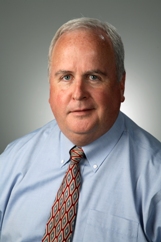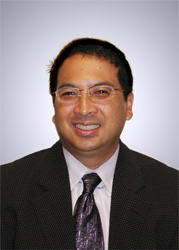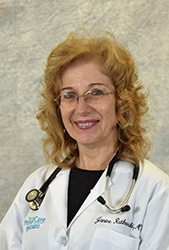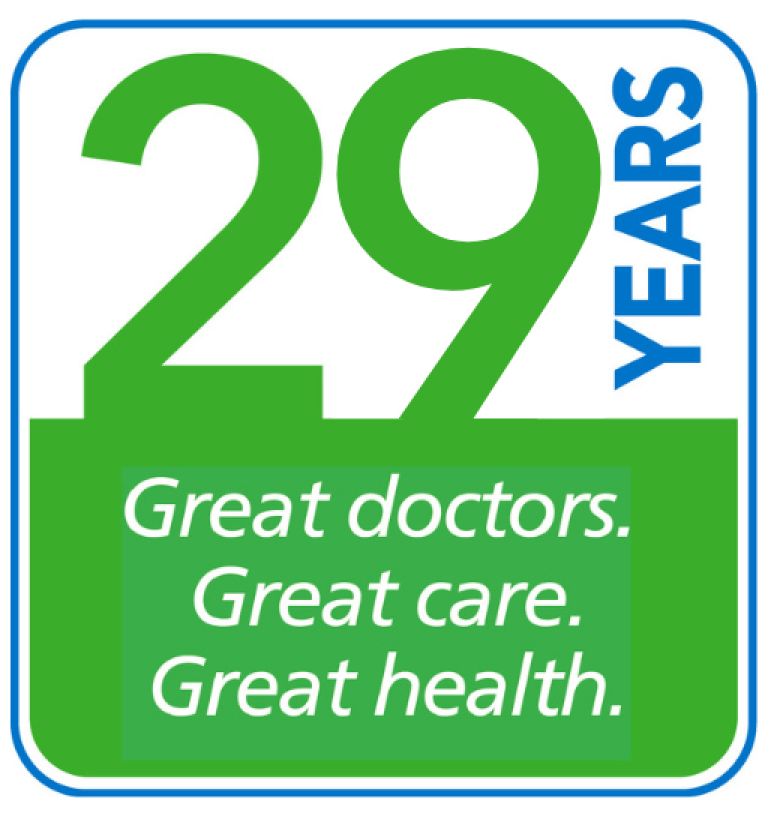Category Archives: Health & Wellness
Caregivers: Don’t Forget to Take Care of Yourself
8 Tips from Thomas Walsh, M.D.
Whether you’ve recently become caregiver to an aging or ill family member –or have been tackling the responsibility for some time– you must make your own health a priority. The caregiving role can be very rewarding, but it can also tax you both physically and emotionally. After becoming a primary caretaker myself, I learned several lessons and have a keen interest in this issue.
Here are 8 tips I suggest to my patients for reducing stress and staying healthy as a caregiver:
- Slow down. When you are trying to juggle many responsibilities, you often rush through things and are distracted. This can lead to accidents and injuries. You don’t want to burn yourself while cooking, slip in the tub, etc. Studies show that household and car accidents are more common among those with a high stress level.
- Use your freezer. Trying to “eat right” or prepare healthy meals when you’re caregiving is tough. Accept offers for meals from friends and try to cook ahead and freeze meals to have on hand. A big pot of soup is great to freeze in batches. Stockpile healthy snacks like almonds, yogurt and fruit to grab on the go.
- Make exercise a priority. Again, finding time for this is tough, but you need to keep your energy up and relieve stress. If you are caring for someone with mobility issues, you’ll also need to stay strong for tasks like lifting. Try to find at least 30 minutes a day for a workout you enjoy.
- Sleep to recover. Disrupted sleep definitely saps energy and can lead to more anxiety. Adults need 7-8 hours of sleep per night so try to adopt good sleep habits- a dark room, no electronics, no caffeine or alcohol close to bedtime.
- Stay organized. Another way to reduce stress is to know where things are when you need them. Starting a file for medical/insurance papers, or financial information, for your loved one will help keep them in one place. A large calendar for family appointments/events can help with daily planning.
- Ask for help. Try to develop a support network and say “yes” if people offer to drive, sit with your loved one, or take care of errands. Look for professional resources such as adult day care facilities. Several organizations, such as the Administration on Aging (which has an elder care locator by state) and the National Alliance for Caregiving (www.caregiving.org) provide great information.
- Have “the conversation”. Make sure you understand what your family member wants in case you become responsible for making decisions for them. It may be uncomfortable- and stressful. However, you should know the ins and outs of power or attorney, a living will, or healthcare proxy. If you don’t, find an eldercare expert or attorney to help.
- Lastly, go easy on yourself. Don’t feel guilty for taking time to exercise or care for your own emotional well-being. Studies show that caregivers’ health often deteriorates over time due to stress and lack of sleep, poor diet, etc. Your doctor can also help with keeping you healthy and suggesting resources in the community.
As a reminder for how to tackle the caregiving role, I often use what I call the “airplane analogy”: Right after you board a commercial airplane, the flight attendants will review the important safety instructions. If the cabin loses pressure and the oxygen masks drop down, they stress, “If you are traveling with a small child or someone who needs assistance, put your own mask on first, then help the person that needs assistance.” Caregivers need to live by this rule: Take care of yourself first or you will not be able to help the person who needs assistance.
Dr. Thomas Walsh is an MPCP Partner and Clinical Director of the MPCP Queenstown office.
Share the Warning Signs
A Q&A on Ovarian Cancer with Llyern Bartholomew, CRNP
Q: Isn’t Ovarian Cancer called the “silent killer” because it has no significant symptoms?
That’s a bad misnomer that we need to discard. Ovarian cancer clearly has symptoms; they are just more subtle in the early stages so it’s important that a woman listens to and knows her body. Ovarian cancer is the number one killer of all the reproductive-organ cancers so we need more education in terms of early warning signs.
Q: So what symptoms should women take note of?
The five most common symptoms are:
- abdominal bloating or swelling
- quickly feeling full while eating
- changing bowel or bladder habits, particularly the need to urinate more frequently
- discomfort in the pelvis area or low back
- weight gain or loss
It’s not unusual to have one or two of these symptoms occur occasionally. But, if you have two or more of these symptoms daily for more than 2 weeks, it’s time to call your doctor.
Q: How do doctors diagnose Ovarian Cancer?
The first step is a pelvic exam. Then, your doctor may order a transvaginal sonogram or an ultrasound of your abdomen and pelvis. We can also use a blood test that detects a protein identified with cancerous cells. In some cases, a tissue biopsy and study of fluid from the ovaries will be recommended.
As with all cancers, earlier detection provides more treatment options and a higher cure rate, so please share this information with all the women in your life!
Llyern Bartholomew, CRNP practices at the MPCP Glen Burnie office.
Treatment for Strains & Sprains
by: José Zarzuela, M.D.
With the great summer weather, more of my patients are hitting the tennis court, biking, running or taking up water sports. But with more- or new- activities can come minor sports-related injuries.
The first-course of treatment I recommend for most minor sprains (twisted or wrenched ligaments) and strains (overstretched muscles or tendons) is the PRICE method:
- Protect the injured area
- Rest the affected limb or area
- Ice or apply a cold pack right after injury
- Compress lightly with an ace bandage or brace
- Elevate the injured limb to reduce swelling and speed healing
If you don’t feel improvement in a few days, follow up with your doctor.
Dr. José Zarzuela practices at the MPCP Pasadena office.
What You Should Know About Lyme Disease
by Janice Rutkowski, M.D.
Lyme disease is caused by an organism which resides in deer ticks.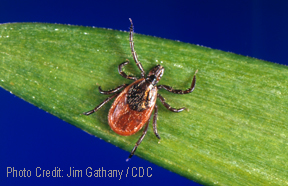 The northeastern United States is a prevalent area for the disease, with over 20% of ticks affected. Lyme disease is most frequently seen in the summertime; and you do not have to go camping or hike in the woods to contract the disease; even gardening can expose you to the organism.
The northeastern United States is a prevalent area for the disease, with over 20% of ticks affected. Lyme disease is most frequently seen in the summertime; and you do not have to go camping or hike in the woods to contract the disease; even gardening can expose you to the organism.
The typical case of Lyme disease begins after an incubation period of 3 to 32 days with a red rash exhibited in 75% of individuals, though 25% have no sign of the illness. The rash starts as a flat red spot and expands to form a large round or oval lesion, sometimes with a bright red outer border and partial clearing in the center – this is the classic “bull’s eye lesion”. It’s usually not painful, but within days of the onset, the disease can spread in the bloodstream and cause severe headache, pain in joints and profound fatigue. These symptoms can resolve on their own within weeks without treatment, but can lead to meningitis, nerve disorders, chronic arthritis, and cardiac abnormalities.
The diagnosis of Lyme disease is made by a doctor’s exam and a blood test, though the blood tests are often negative. Treatment includes antibiotics and if diagnosed early, is curative. See your doctor immediately if you are concerned you have been bitten by an infected tick or show signs or symptoms indicative of Lyme disease.
To learn more about what to do after a tick bite to prevent Lyme disease click on this link courtesy of UpToDate.com: http://www.uptodate.com/contents/what-to-do-after-a-tick-bite-to-prevent-lyme-disease-beyond-the-basics
